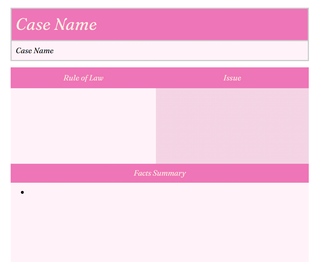There are countless ways to attempt to study for finals, but not all are equally effective for every student. Traditional attack outlines are a staple—they neatly organize complex rules, cases, and statutes. However, they can be overwhelming, particularly when you are prone to forgetting everything you've ever learned. This is where flow charts become particularly valuable.
Flow charts offer a visual representation of complex legal analysis, breaking down multi-step tests into straightforward, easily navigable decision trees. This visual approach can significantly reduce cognitive load, especially useful for students who struggle with attention or find traditional outlines overly dense. Furthermore, they allow you to choose your own adventure, where you can come to a conclusion about anything!
For example, Cal Civ Pro—an even longer version of fed civ pro —benefits greatly from this method, as you can see with my very real flow chart for SLAPP back analysis.
A flow chart can easily guide students through jurisdictional and procedural analyses by posing clear, yes-or-no questions at each decision point. This simplifies the process, helping students avoid getting lost in lengthy textual descriptions.
While attack outlines excel in providing detailed explanations and capturing nuanced legal points, flow charts complement them by providing structural clarity. The ideal strategy is often to begin with comprehensive attack outlines for depth and then condense the key points into a flow chart for quick and effective exam-time reference.
In short, flow charts can streamline your studying, reduce stress, and enhance recall during exams. Using flow charts in conjunction with traditional outlines can offer the best of both worlds—depth and clarity.
Flow Charts vs Attack Outlines






